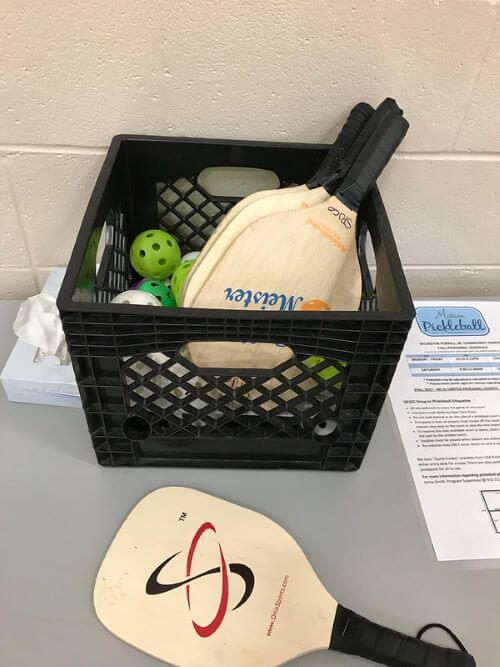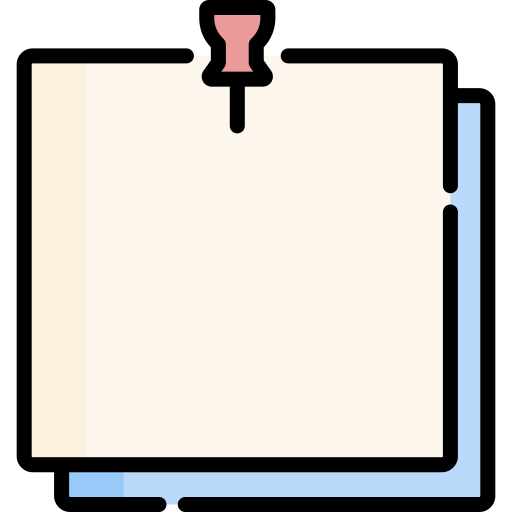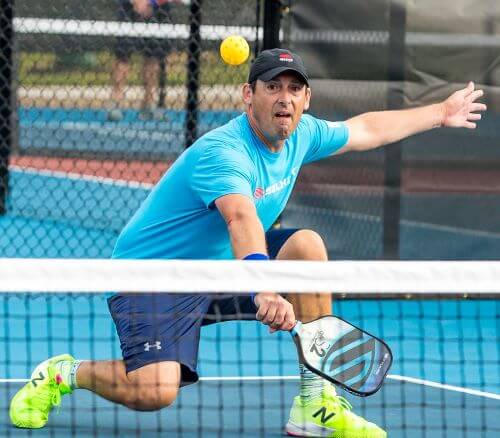Prolonging the lifespan of your paddle should be in everyone’s interest, but is rotating pickleball paddles the way to do it?
The short answer to this question is No. Rotating your pickleball paddle is a myth and it simply does not work. If you’re any kind of pickleball enthusiast or even a beginner, you’ll see this myth everywhere on the internet. Rotating your pickleball paddles will somehow prolong their lifespan.
This article is the antithesis of all of that.
Rotating Your Pickleball Paddles: Myth or Hack?
If you think about it, rotating your pickleball paddle to let it “rest” and “recover” doesn’t make sense. What is it resting from or what is it recovering to?

Is it resting from the strain of the game, to recover and get stronger? No, pickleball paddles aren’t made of self-healing material. Resting the paddle doesn’t make the core or any of the material inside “stabilize” either.
Simply put, if your paddle is rated for 2,000 swings (hypothetically), letting it rest and recover won’t increase that to 2,100 or 2,200 swings. It’s the same way computer keyboards have a lifespan in the number of presses. Alternating between two keyboards won’t increase the lifespan of your keys. Your keyboard or pickleball paddle won’t “rest and recover” like a muscle does. The material your paddle is made of simply can’t physically heal.
In that case, why do people rotate their paddles anyway? Where did this myth even start?
Debunking Why Rotating Paddles Increases Its Lifespan
One of the most common arguments for increasing the lifespan of your paddles is through the analogy of car tires. The theory is that you rotate car tires so that the tires last longer, so rotating pickleball paddles should work the same way.
While this is correct for tires, it’s only true because all 4 tires should deteriorate at the same rate. The common household practice of buying tires is to buy them in a set of 4 pieces. You’re not supposed to buy 2 front tires, and then after several months, buy 2 rear tires. A set of tires is sold in 4s because you’re meant to replace all your tires at the same time. The reason why you rotate the front and rear car tires is due to the front tire is more worn out than the rear tire.
It’s simply how car tires deteriorate, so rotating between the front and rear tires lets all 4 wheels wear out at the same rate.
The car-tire equivalent of using 2 pickleball paddles to prolong their lifespan is like buying 2 sets of tires (8 tires) and then rotating between those 2 sets hoping that the wheels deteriorate slower. And, that’s simply incorrect. The wheels will deteriorate at the same rate regardless. Tires don’t “rest” and “recover” and neither do pickleball paddles.
Will use 2 paddles last longer? Yes, technically. Because instead of having 1 paddle with 2,000 swings, you now have 2 paddles worth 4,000 swings. But using 2 paddles alternately will not increase those swings to 4,200 or 4,400.
Why Do People Rotate Their Pickleball Paddles?
Before you start shaming people who rotate their paddles, let’s get something straight.
Rotating your paddles does not increase their lifespans. But, that misinformation is pretty much my only gripe with the practice. Outside of that, rotating paddles still have benefits that everyone can take advantage of.
Having an Extra Paddle That’s Equally Worn Out
For example, having two paddles to rotate with means that if something were to happen with one paddle, you’d still have an extra one that’s “broken” to the same amount.
Experienced pickleball players actually prefer using paddles that have been “broken into,” as in used for several games. This is because new paddles generally have more power but less control, unlike paddles that are broken into already.
It’s the same concept of “breaking” a car engine, where brand-new cars need to be driven for a thousand miles so that all the parts properly touch, seal, and fall into place.
The Psychological Effect of Blaming the Equipment
Ever tried blaming your equipment, borrowing someone else’s paddle, and then dramatically improving because “this paddle is better than mine”?
Yeah, a placebo is responsible for around 30 percent of that sudden improvement. Now imagine if you didn’t have to borrow someone’s paddle, you had an extra one in your bag from the start. The choice of being able to blame your paddle and then think that using your 2nd paddle will make you play better is scientifically proven to make you improve from a placebo alone. Though of course, you have to believe that it’s true for it to work.
You’ll see firsthand evidence of this being practiced by professional tennis players and even pickleball players in professional matches.
Different Paddle; New Game
Although I don’t have scientific evidence that deliberately explores this, there are scientific studies about “resetting” that improves performance. For example, taking a 5-10 minute break between tasks or in the middle of a task will let your brain rest, finish processing information, and improve your workflow. The same concept loosely applies to using a new paddle.
Using a different paddle for a new game helps some people “reset” and focus on the new game. This is helpful for detaching yourself from mistakes or regrets of the previous game. Or, resetting your mind so that you don’t underestimate your opponent just because you performed amazingly well previously.
These are just three of many great reasons why rotating between pickleball paddles has benefits. If you want to learn about the other reasons, check out our full article on why you should rotate your pickleball paddles.
Why Do People Think Rotating Paddles Increases Their Lifespan?
Going back to the topic of lifespans and self-healing paddles. How did people even theorize that rotating paddles would increase their lifespan?
Unfortunately, there’s no original source for where this myth came from. But, I have very good reason to believe it’s from a misunderstanding of why professional tennis players carry so many racquets.
Why Tennis Players Use Two or More Racquets
Tennis players rotate between racquets so they can effectively use the racquet’s lifespan. It’s the complete opposite of prolonging anything.
A tennis racquet works by having high string tension mimic a flat surface. The string is so tense that when the tennis ball hits the racquet, the ball bounces back with great force from the string’s high tension. However, with time and frequent use, the string eventually “sags” (not visibly) and loses its stiffness. This means that a tennis racquet generally has a limited lifespan of around 4 to 6 months of optimal tension. When the strings lose power, the player has his or her tennis racquet restrung back to optimal performance.
This is one of the reasons why tennis players have so many racquets at a time. Not because they want to prolong the life of their racquets, but because they want to use all their racquets equally. It would be useless to restring 2 racquets, and then not use the 2nd one for 4 to 6 months. By the time your first racquet loses optimal tension, your 2nd racquet will also be halfway there!
In pickleball, there’s no such thing as a “limited time” for a paddle to be effective before it has to be restrung. The paddle either works or doesn’t.




































